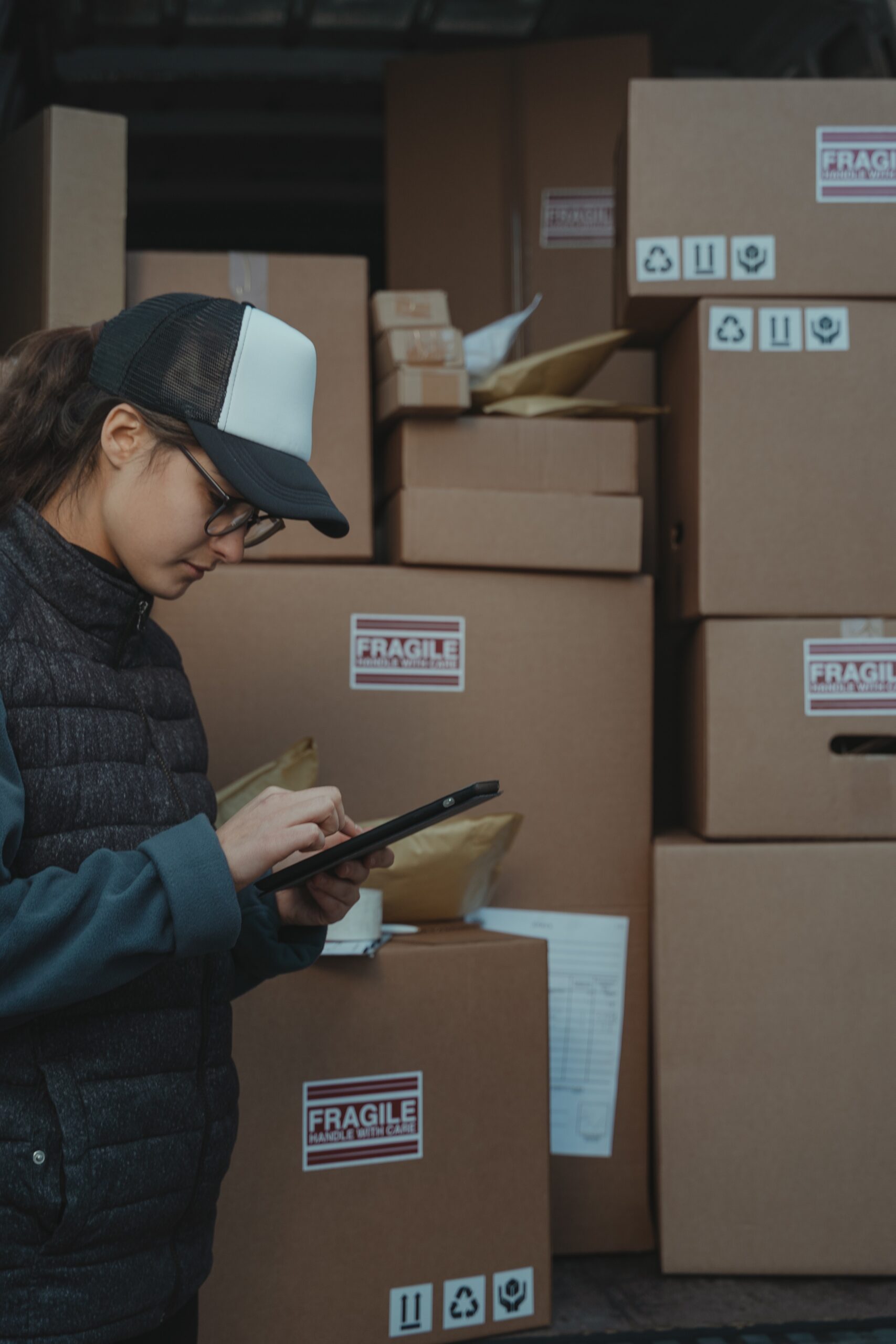With the introduction of 5G mobile broadband in various cities around the globe, the transportation and logistics industry is all set to enhance its operational efficiency. 5G network will majorly boost the IoT (Internet of Things) communications while allowing for faster data speed, lower latency, and enhanced slicing. Moreover, with 5G the shipping process from the manufacturer to the customers will be revolutionized through sophisticated asset tracking, fleet management, and last-mile delivery.
In the last two years, logistics companies of all sizes underwent a major transformation and pivoted toward becoming more agile. With the launch of 5G services, these companies are having a greater chance of capturing the benefits of digitization. Keep reading today’s post to find out how the launch of 5G is opening up a whole new set of opportunities for the transportation and logistics industry.
How 5G is set to transform the transportation and logistics industry
End-to-end digitization
The launch of 5G will enable the logistics sector to hinge on more smart technologies from temperature monitoring sensors to self-driving vehicles. The mega speed of 5G mobile networks will help to connect more users, lower the lag time, and provide coverage in larger areas. Moreover, it will allow digital platforms to intercommunicate faster than ever before at speeds that are almost real-time. This in turn will result in increased adoption of the time-sensitive IoT devices and open up new opportunities for digitization in this sector.
Track and trace
Supply-chains that require a higher level of synchronization will reap considerable benefits from 5G. For example, track and trace visibility is one area that is sure to be greatly improved by the introduction of 5G. Additionally, cost-effective, high-end devices would enhance the visibility of the cargo. Some multinational shippers have already started using 5G-enabled sensors to enhance the tracking of items in the warehouse. Moreover, the monitoring of humidity, temperature, and similar natural factors can be effectively done by 5G
Minimize supply chain risks
These days you can easily track the exact location of the person who is about to deliver your food from a food delivery application. However, this same level of visibility is not yet possible for international cargoes. The lack of supply chain visibility is one of the biggest challenges in the transportation and logistics sector. However, the Internet of Things technology is quickly transforming this aspect of the supply chain. With the advent of 5G, we will have portable trackers connected to the internet that can monitor the real-time location and condition of the cargo.
Additionally, 5G is less energy intensive than 4G. This in turn will make way for more sustainable tracking and monitoring capacity for cargoes. For example, it will enable the use of smart technologies such as battery-powered tracking devices that can be attached to containers that can monitor temperature, location, humidity, shock, and other key metrics. The network slicing capacity helps to divide the bandwidth of 5G among gadgets that are not in need of the entire capacity. The capability of 5G to connect in a crowded environment with up to 1 million sensors/ sq km allows for much more effective tracking of small products. All of these will in turn lower the risk factor of high-value shipments.
Providing real-time data
The lowered latency of the 5G network implies that the time lag is minimal between the detection of an event by the sensor and its recognition by the system. Medical equipment firms are testing robots that permit a surgeon to conduct surgery from another location in real time. For our industry lowered latency can facilitate vehicle-to-vehicle communication for driverless trucks and warehouse robots.
Help with Augmented Reality (AR) applications
The logistics industry has started using AR to implement order picking processes. Sophisticated AR applications like vision picking will be considerably improved when complemented with a 5G network. 5G will lower the lag time and provide real-time updates on the movement of cargo. This will have a substantial impact on warehouse operations as it will minimize the possibility of errors and enhance the management efficiency. With the full-fledged availability of 5G technology, there will no longer be any risk of misplaced parcels, lost shipments, mismanagement, or lost shipments because of human errors.
Better customer service
The enhanced use of AI, and AR with the help of 5G will result in easier aggregation and analysis of data from all the stakeholders of the shipment. This in turn will permit a greater level of digitization across all the stages of the supply chain. Moreover, predictive planning would minimize lead time, improve security, and result in better quality control. All of these facts will positively impact customer satisfaction and better control of the customers over the entire shipping process. Lastly, it will also allow for quicker client follow-up and better post-sales services on part of the logistics companies.



